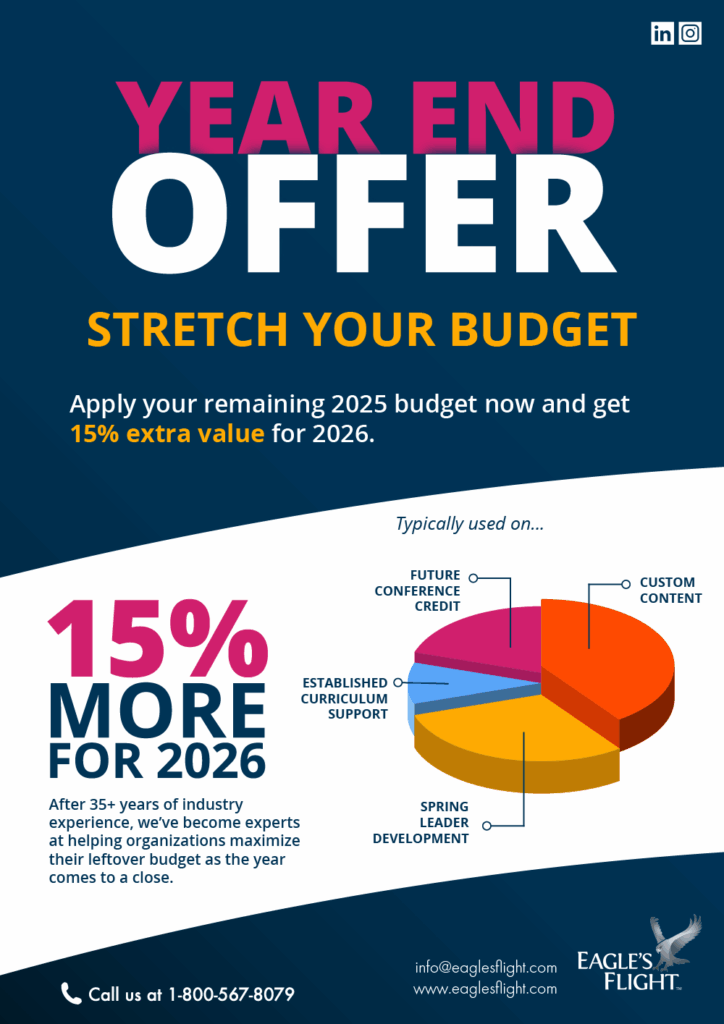AI Can’t Practice for You
Introduction: The Rise of AI in Learning
AI is transforming corporate learning. It can personalize learning paths, assess skill gaps instantly, and offer feedback in real time. For HR and L&D professionals, it looks like a breakthrough in scale and efficiency.
Yet, underneath the excitement is a simple reality: AI speeds access to knowledge, but it cannot replace practice.
As Phil Geldart writes in Culture Transformation, real organizational change comes from behavior, not just awareness. That fact holds true even with AI in the mix. AI can stand beside you in the gym, but it cannot lift the weights for you.
What AI Can Do for Learning
AI has real capabilities that L&D teams can and should leverage:
Tailoring learning journeys at scale
Spotting skill gaps quickly
Generating simulations or microlearning on demand
Delivering learning in flow via chatbots or virtual coaches
In fact, 75 percent of workers were already using AI at work in 2024, many without formal training. It shows readiness, but also a gap HR must address.
The Limits of AI in Building Skill
Knowing is not the same as doing. That is where AI alone falls short.
Geldart’s Experiential Learning framework outlines four essentials for meaningful change:
HEART (Conviction)
HEAD (Knowledge)
HANDS (Practice)
HARVEST (Results)
AI can bolster the head and even spark the heart. But when it comes to developing skill under real conditions (the hands), only repeated practice works.
Research backs this up. One groundbreaking study found that active learning reduced failure rates from 32 percent to 21 percent, with nearly a half standard deviation gain in performance. Practice matters.
In Culture Transformation, Geldart emphasizes that “when people repeatedly practice new behaviors in the real context of work, the culture begins to shift”.
The Role of Experience in an AI World
AI can enrich learning by scripting customer scenarios or providing instant coaching feedback. But learners must act, stumble, and adapt.
Consider leadership development. AI can present insights on emotional intelligence. But only practicing tough conversations delivers real growth.
Experience remains the essential ingredient. AI accelerates. Experience cements.
Why HR and L&D Leaders Must Balance AI and Practice
L&D leaders may feel pressure to prioritize digital and AI-led solutions. While tempting, that approach can misfire if not paired with real-world application.
Here is what effective programs do:
Integrate simulations, role plays, and stretch assignments
Use AI-guided practice, not AI as a substitute
Monitor behavior change, not just content completion
According to McKinsey, 92 percent of companies intend to grow AI investment in the next three years, yet only 1 percent consider themselves mature in AI usage. The tools exist. The strategy must catch up.
The Cost of Ignoring This Truth
If AI is implemented without experiential reinforcement:
Training may become knowledge without skill
Employees may disengage or distrust learning
Culture remains unchanged despite modernization
As Geldart writes, “culture is not what people know. It is what they do every day.”
AI can highlight the path, but only practice walks it.
Conclusion: AI Plus Action
The future of corporate learning is not AI versus experience. It is AI plus experience.
AI provides speed, insights, and scale. Experience delivers conviction, confidence, and results.
For HR and L&D professionals, the mandate is clear:
Use AI to guide
Use experience to transform
AI can lead you to the gym. Only you can lift the bar.






